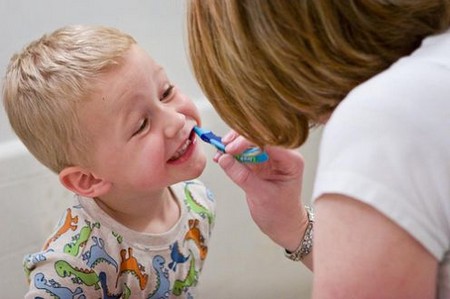Personal hygiene is important for everyone. Encourage your child to take an interest in his level of cleanliness from an early age. You can let them read the Kids Hygiene Book. Following are three main benefits of good personal hygiene:
- Health. A child who isn’t bathed regularly is prone to infections and irritations, particularly in the genital area and where he has folds of skin. He may ingest germs and bacteria when he brings his unwashed hands into contact with food. Always have hand sanitizer and disinfectant wipes at home to promote cleanliness and sanitation. This can also help in keeping their hands and home surfaces clean.
- Sociability. Nobody likes a smelly child! Everyone loves to hold a clean, sweet-smelling baby. Nobody wants to hold one that smells of feces, urine, or vomit. A child who has a strong, unpleasant body odor soon finds that he is alone in a crowd. The only way these problems can be avoided is by regular baths.
- Comfort. Poor personal hygiene leads to discomfort. A baby becomes distressed when its diaper gets dirty. An older child is uncomfortable wearing dirty clothes that feel stiff and scratchy. Everybody likes the sensations of well-being that arise from putting on fresh, clean clothes after a warm, soapy bath.
Bath time is the first opportunity for your child to become involved in his own cleanliness. Even a baby as young as six months can learn to associate cleanliness with pleasure—as long as bath time is fun. Try not to rush your infant in and out of his bath; let him play with bath toys and splash around. He’ll learn to enjoy being in the water, especially when you have fun too. If a child associates bathing with something unpleasant, bath time can become a source of conflict. Shampooing, in particular, can cause tears. Ask your child what upsets him. He may have fear of soap getting in his eyes, or of slipping under the water while his hair is being shampooed. He may even be afraid that he will slide down the drain when the plug is removed. Once you have identified the cause of your child’s anxiety, reassure him and offer a solution—for example, fear of shampoo getting into his eyes can be eased by stroking his hair toward the back of his head when washing it, or by using a mild baby shampoo, or by covering his eyes with a facecloth. These measures will make bath time more fun.
The issue of personal hygiene arises again once your child starts toilet training. Teach your child to wash his hands after he sits on the potty. This becomes even more important around the age of three or four, when he is able to wipe his bottom without help. Girls must be reminded to wipe from front to back, to avoid infections. Make hand washing standard practice when your child uses the toilet so that it becomes a habit. From the age of three, your child should be expected to wash his hands on his own before mealtimes—although be prepared to remind him each time. You can put portable hand washing stations anywhere in your house.
Your child will feel better when he starts the day clean. He will also feel good when he ends the day that way. Develop a bedtime routine that involves him washing his hands and face on the nights he doesn’t have a bath, and brushing his teeth. Until your child is five or six, you may find that he needs encouragement to wash up at night; most young children would rather climb into bed when they are tired than get themselves clean and fresh. Point out how nice he is to cuddle when he’s clean and fresh from his bath, or how pleasant his breath smells after he brushes his teeth.
Good standards of personal hygiene can be established in the preschool years. A child who has an interest in his own cleanliness at that age will probably maintain it throughout his life.
